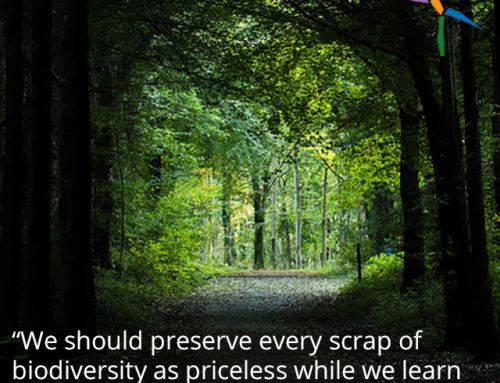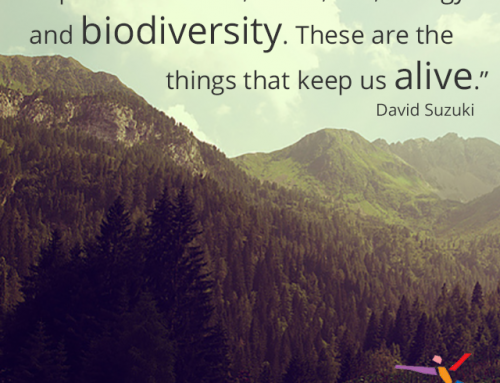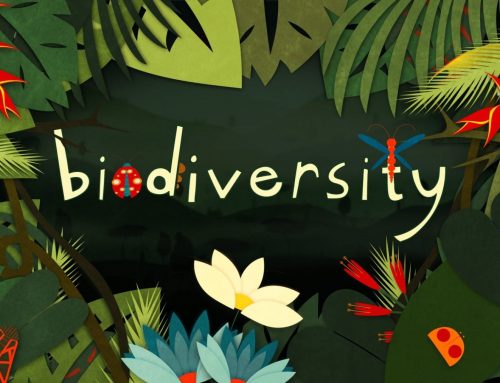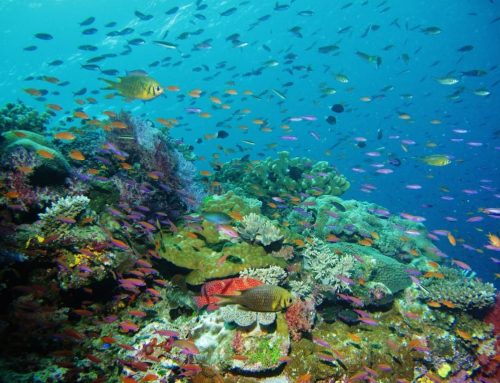Are you a parent debating whether or not to get your child a pet? There are certainly pros and cons in both directions – but one that you may not have considered is that pets can actually teach your child about environmentalism. How is that? Here are some ways that having a live animal in the house will give your child a better connection with nature.
Understanding the Source of Meat
No, we are certainly not suggesting that you serve up your dog or cat for dinner! However, one of the biggest challenges for teaching kids about the cycle of food production and how it impacts the planet these days is that nobody sees the “source” of food. Food, and meat in particular, is simply something that you pick up wrapped in plastic at the grocery store. Unless your family lives near a farming community, chances are your child has never seen a meat-producing animal in the wild. How can your pet help them to understand that meat comes from living, breathing things? Simply by exposing them to living, breathing things. If a child doesn’t interact with a domesticated animal, it won’t understand the cycle of a cattle animal or wild animal.
Teaching Them Empathy for Animals
There are so many reasons that saving and preserving endangered species of animals is important for the planet. The earth is, after all, one giant interconnected system with a food chain that is the source of most biological processes. But one of the easiest ways to become impassioned about the need to protect and preserve protected species is by feeling empathy for animals. The best way to feel empathy for animals is to be exposed to them on a day-to-day basis as a member of your family. When you show your children that pets have emotions and loyalties too, your children will grow up understanding the very important place of animals in our world and work harder to protect them.
Understanding Waste and Garbage Build Up
Your pet creates a lot of waste! In fact, dogs and cats alone account for 10 million pounds of waste per year. Think about how many bags of litter your cat creates in a year – or how many disposable bags of poo your dog creates in a year. Even fish and smaller, cage pets create huge amounts of maintenance waste. Whether you’re adding pet waste to a landfill or composting it (and we’re not judging either way), it’s an opportunity to have a conversation with your child about how much waste even a single, small animal can generate and where that waste goes. That then opens up an opportunity for you to have a conversation about how much waste people create, where it goes and how your child can help to minimize it.
Get Your Child Outdoors!
Not all pets give your child an opportunity to get outside and experience nature, but dogs, horses and even some other larger pets need or prefer outdoor time. Not only is this physically health time for your child but it’s essential time if you want your child to understand and appreciate that there’s a world out there that needs to be protected. Anything that helps your child to understand that there’s a relationship between living things and the world is useful to helping him or her understand environmentalism. Pets can help.
Understanding Pet Overpopulation and Its Impact
Finally, one of the greatest environmental struggles of the current era is simple over-population. Whether you allow your animals to breed or whether you’ve had them spayed or neutered, it presents an opportunity to discuss the choice and the consequences with your child. Cats are a particularly powerful example of this.
There are many benefits of having a pet if you have a child, though we are not going to pretend as though there aren’t drawbacks as well! When considering if a pet is the right choice for your home, take into account the important lessons it will teach your child about the planet and the environment.
Photo Credit: Chris Borden via Flickr





